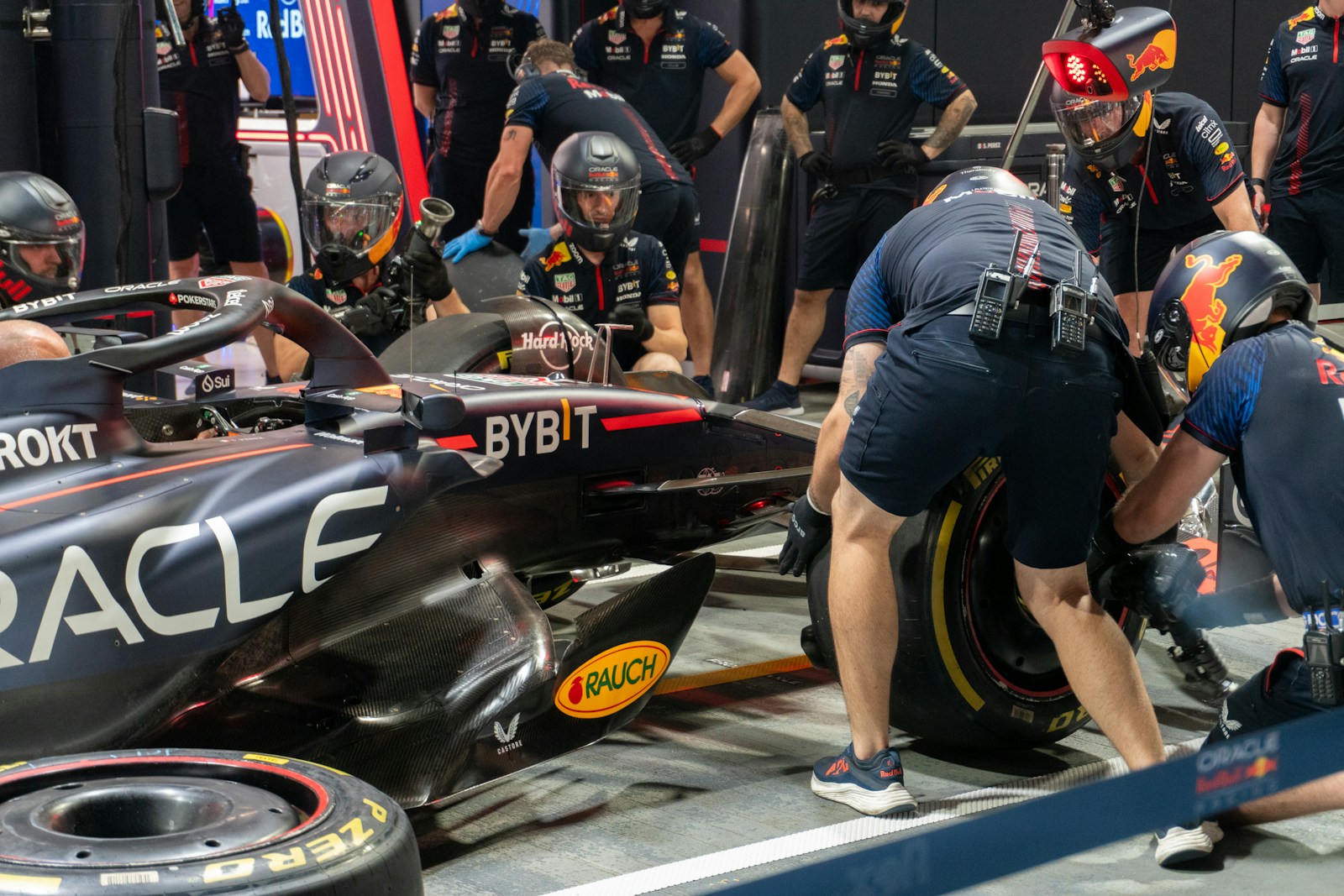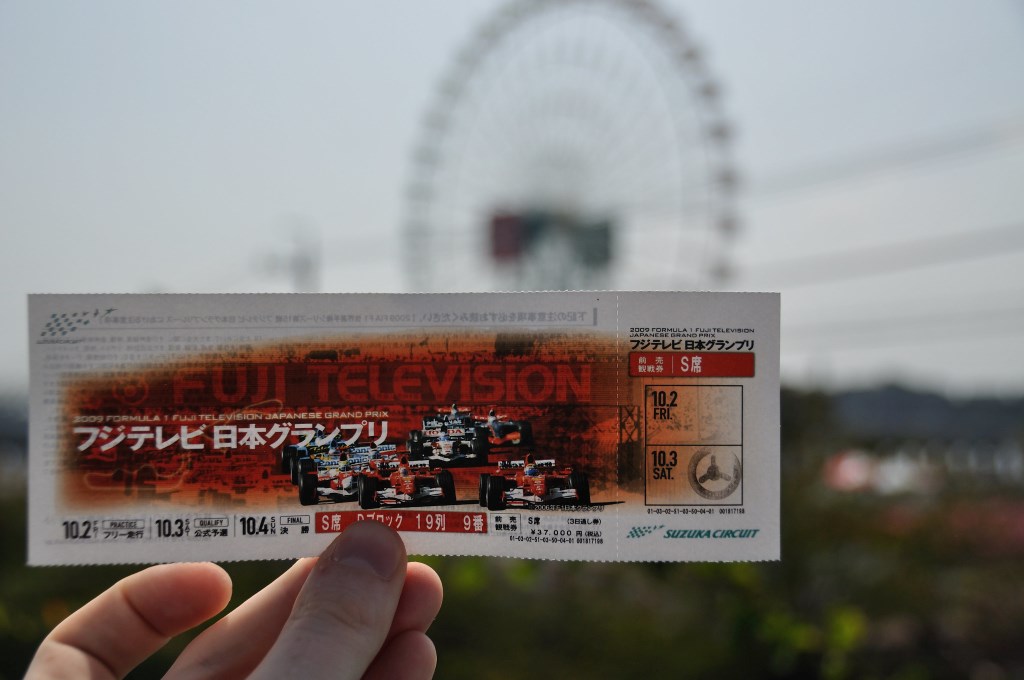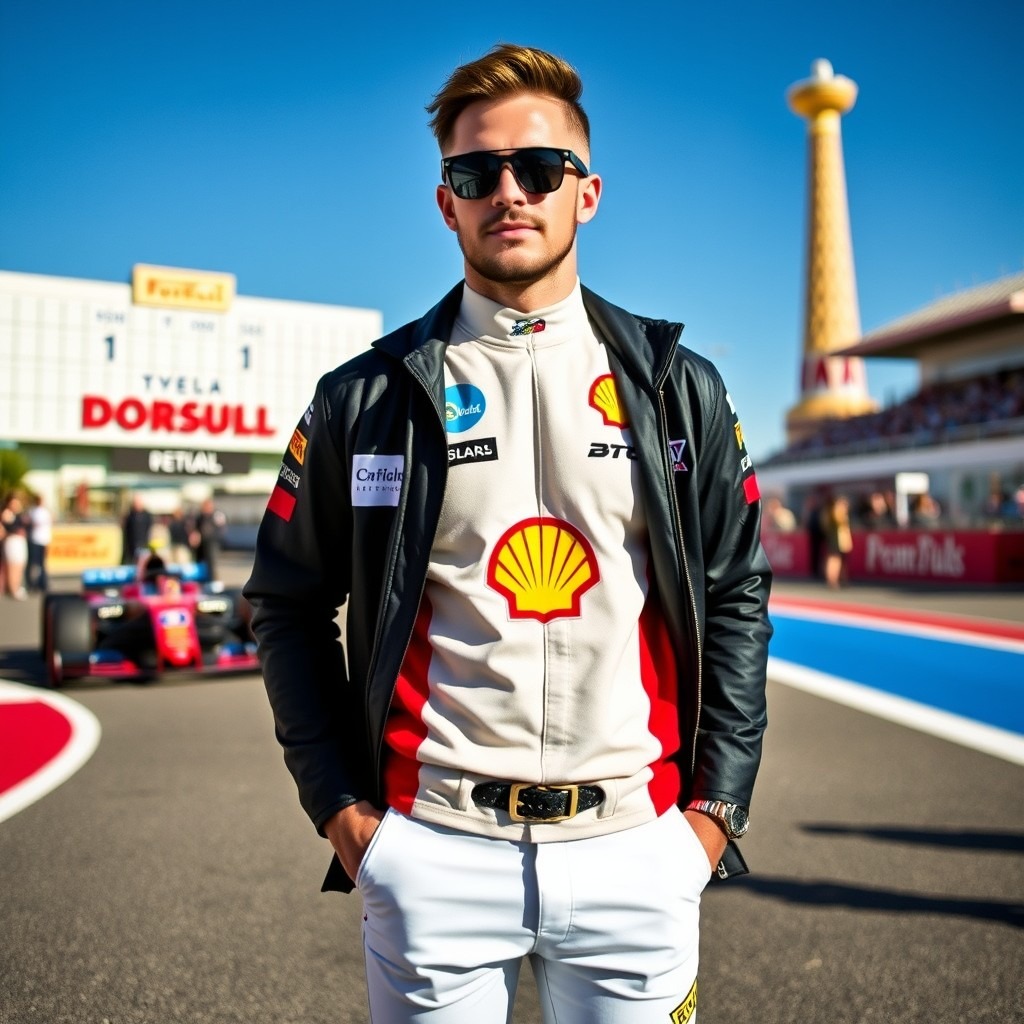What makes a Formula 1 team and driver win the Grand Prix? Is it the fastest car, the best driver, or just a bit of luck? You may wonder, but this sport is so complex in its rules that it often is to be a game. A game that requires a good plan, or rather a strategy. The right tactic is the key to success in a race. With a fast car and a talented driver, it leaves rivals without a chance. In addition, a well-thought-out tactic can work wonders, allowing even lagging cars outside the competition to finish in the top ten, such as Williams’ Alex Albon in the 2022 Australian Grand Prix.
However, there are many tactics to break through to the coveted points. So, I have included a mix of tactics of the Formula 1 race strategy to expand your knowledge of how they work in the sport.
Let’s start with the basics.
As Formula 1 car performans circle around the speed of tire degradation, the right compound choice is the base moving strategy in this sport.
How Does The Tire Strategy Work In Formula 1?
The Tire Management
Tire management is the main tactic in Formula 1 to finish in a good position. According to the tire data, overtaking decisions are planned in advance.
To better understand the importance of tire strategy, think about this. The tactics from the past evidenced that the lighter car is always more effective, as it races faster. Therefore, racing with half-fuelled tanks became a worthy option until 2010. Because from that point, refueling was banned due to safety reasons. Since then, tire management has become a number one strategy but still depends on many rules.
Thus, you have to know that the fully fueled car has become lighter, causing it to be faster near the finish. However, to pass over 50 laps, there is a necessary rule to use two different tire compounds during the race.
These compounds are soft, medium, and hard tires for dry weather, while in rainy conditions, there are slick, intermediate, and wet tires provided with recommendations by the Pirelli supplier.
Overall, tire management in Formula 1 is to choose the right time for the best compound. Although, the choice has to be related to the rules and significant factors.
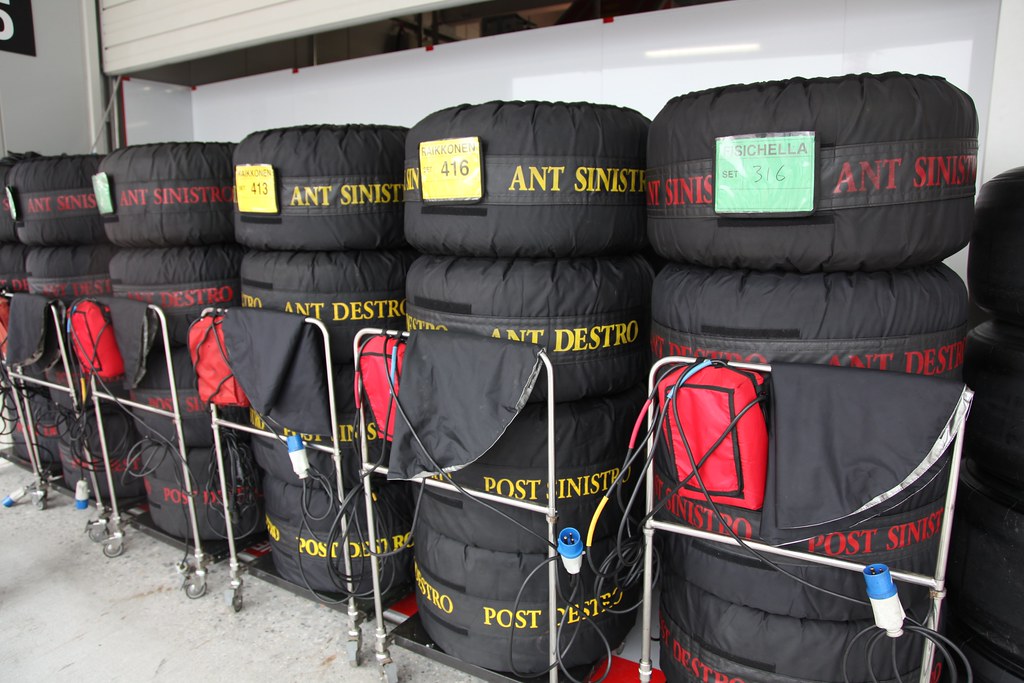
What Factors Affect Tire Management In Formula 1?
The tire strategy depends on as many factors as it is specifically designed software making all the computations. However, sometimes it mistakes. So, here are four crucial questions in these factors to find the right tire strategy:
What is the circuit’s layout?
As soon as each circuit has specific numbers of turns, angles, and straights, it makes a significant difference in tire degradation.
Examples: Thus, as there are no long and many straights, drivers pass the slow Monaco track with their rubber kept for the maximum distance. Therefore, they can expect one or two stops to change tires.
With its four long-lasting straights and rough braking zones, the Bahrain International Circuit is the most demanding tire track in Formula 1, where two or even four stops will be on time.
What’s the track’s physical data?
Alongside the shapes, the track’s surface, height difference, distance from water, and the constant wind are other crucial data that affect the tire strategy.
The surface can be more or less abrasive. It acts like the quality of paper to the rubber’s pumping.
Height difference creates additional loads on the car, causing an impact on the tires, especially when drivers go up.
The last two points replicate each other, as near the ocean or the seas causes the constant wind that gives extra resistance to Formula 1 cars, reducing their downforce.
Examples: Jeddah Corniche Circuit, the venue for the Saudi Arabian Grand Prix, is about height different and is located near the Red Sea, while the constant wind may reach 20km/h – enough to spoil drivers’ racing results during the weekend.
However, the teams’ tire strategy depends on additional factors.
What’s the weather forecast?
The weather forecast includes data on the temperature, wind, humidity, and rain possibilities.
The temperature at the track is a few times higher than in the air. The more their difference – the more tire degradation is.
So, an average of +20C in the air is comfortable for the drivers, but it is cold for the tires, as drivers need additional time to warm it up, while over +30C cuts the time to reheat the rubber, but destroys the soft tires soon.
However, the most challenging task for Formula 1 strategists comes when the weather changes during the weekend, such as sunny days swipe with hard rain, which often happens in Japanese Suzuka. So, the difficulties come in determining the best time to opt from slick to intermediate or wet tires and back.
Examples: The weather at the Monaco Grand Prix 2023 played bad and well with Aston Martin’s driver Fernando Alonso at the same time.
The right strategy and sustainable skills to race in wet helped Alonso to reach the podium. However, the wrong decision to opt for slicks in the rain caused him to back into the pits and finish only second after Max Verstappen.
What’s the data from the past and current, including the opponent’s strategies?
The job of an F1 driver is more than to drive fast but also to collect and explain information about the track and car. Thus, the F1 strategists gather all the data from the past and current and compare it by watching the opponents’ tactics to find the right tire strategy for the race.
The tire strategy includes the type of compounds and the count of pitstops. Yes, teams have a plan, but it can be changed during the race.
With all the above factors and the necessary rule to use two compounds, the team must choose.
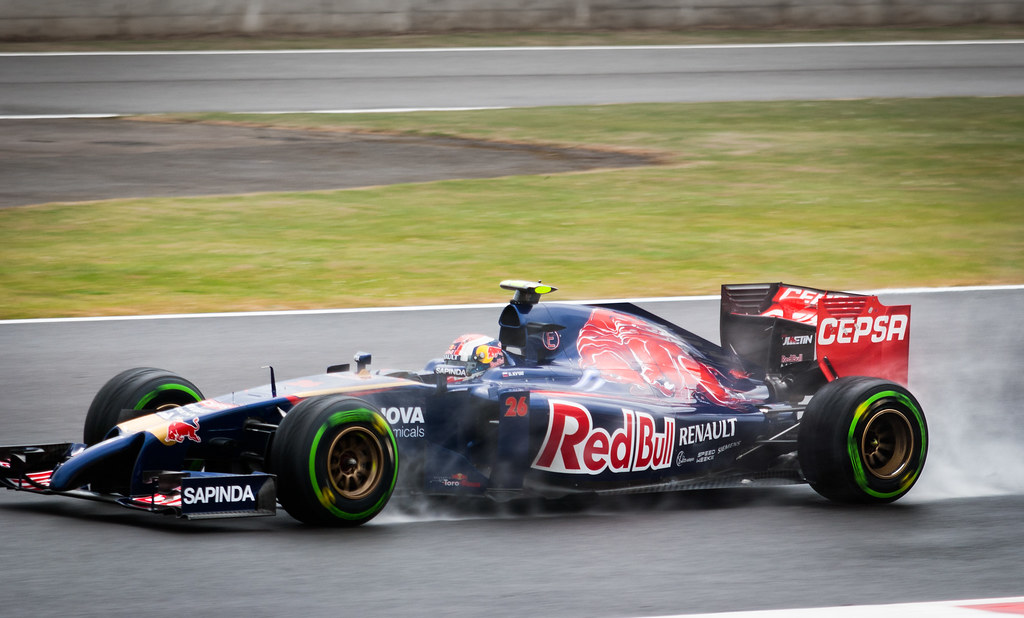
What’s The Effective Formula 1 Tire Strategy?
Let’s explore which tire data the strategy operates, outside millions of factors that can interfere with the race.
Soft
The pros of the soft compound are it provides maximal grip, increasing the downforce and overall speed, but its main cons are it lasts 10-20 laps.
At the beginning of the race, soft tires help to start better and get the driver a speed advantage. Switching for soft in the middle promises a breakthrough.
However, the most beneficial use of soft in Formula 1 is switching on at the end of the race because the car becomes lighter, providing the maximal speed for the last try.
Hard
The hard is the most tenacious compound of tires in Formula 1. Ideally, it can endure the entire race, but the lack of speed is its main con.
What’s the point if it is slow, you may say? It depends. The compound can help to save time, avoiding additional stops in demanding conditions.
Also, hard tires save the car’s average pace during the race at high abrasive surfaces like at Bahrain International Circuit, which is a significant advantage.
At the beginning of the race, hard helps the driver to stay on the grid for a long time without stopping, avoiding the traffic, but doesn’t guarantee high results. It is an unpopular option because a successful start in Formula 1 requires an immediate speed advantage.
At the end of the race, hard guarantees the driver stick with them until the finish.
Medium
Medium compound tires are the average between soft and hard. The pros are compounds help the driver to maintain the pace longer than on soft. It is one of the best options to start the race.
Despite the soft being the fastest, the medium works with the cars differently. Thus, due to the settings, some drivers at medium can be faster than others at soft.
Medium tires can endure over 20 laps. However, in the right hands, it can last even longer. Thus, Lewis Hamilton completed 67 laps of the Monaco Grand Prix on the only medium tires and won the race.
However, in the rainy, teams come with additional compounds with other pros and cons, where the choice depends on the weather primarily.
Slick
Without grooves, slick compound differs from soft and is used by drivers during wet conditions. Slicks are perfect work for drying surfaces, providing maximal speed.
However, as the case is about rain, the car puddles and the compound becomes colder, causing the driver to lose the grip.
Using slicks as hard rain is a failure, which is what happened with Lando Norris at the Russian Grand Prix in 2021, causing him to lose the podium.
Intermediate
The intermediate compound works perfectly at the beginning and end of the rain when the puddles are small and not deep. With the width increases, the intermediate starts to become colder, and the driver loses the grip.
However, vice versa, when the sun comes and the puddles dry on, the intermediate is being ground, covered with the patches, and can cause a puncture. In short, it becomes too overheated.
Wet
Wet tires are the slowest in this range, but their advantage is the other feature. These can endure rain and deep puddles at the track, as they provide the best grip in such conditions.
The drivers try to avoid using wet compounds without significant reasons because it makes race strategy more difficult, as sooner or later, they need additional stops to switch these tires back.
Thus, when the water dries, wet tires erasing, become inefficient. Therefore, determining the time to switch from slick to intermediate or wet and back is the decisive point in the tire strategy of Formula 1 in rainy conditions.
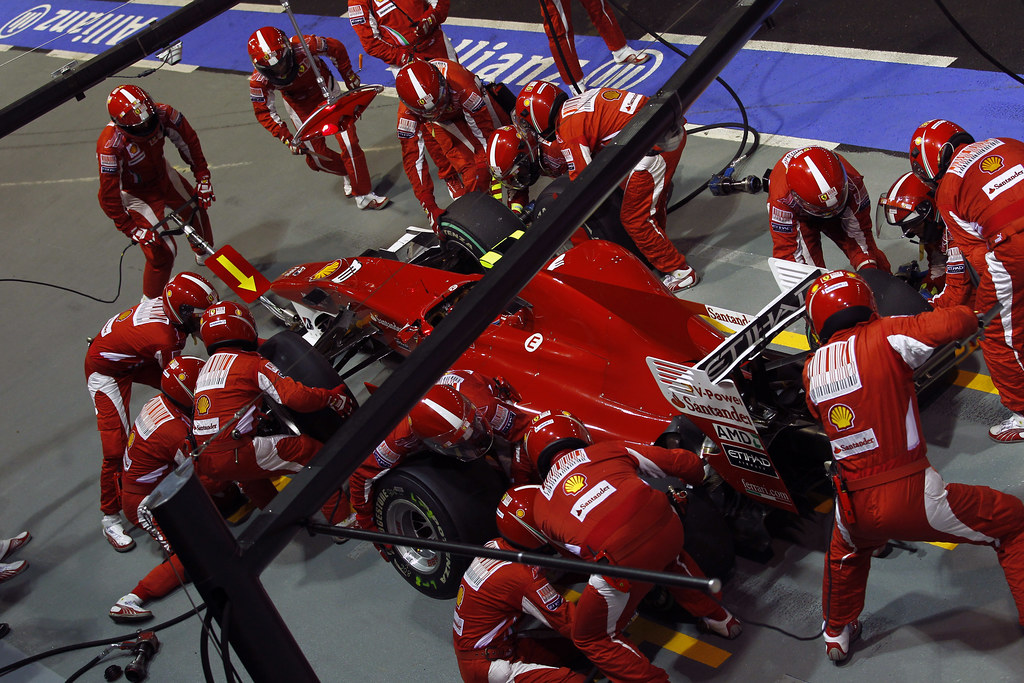
How Important Is The Pit Stop Strategy?
Another piece of the Formula 1 race strategy’s cake is choosing the count of pit stops. It plays no less decisive role.
Imagine. At the wheel of the lagged Williams car, Alex Albon started the Australian Grand Prix 2022 from last place, but choosing the tactic with the only stop at the final lap helped him to finish tenth.
However, let’s explore the popular pit stop strategies.
Single-stop
The tactic with only stop suits well at long circuits with less abrasive features. The drivers primarily try hard and medium tire compounds.
The necessary terms for the strategy are no crashes, no safety car appearing on the track, and no significant weather changes.
Too many not, you may say. Right, but any car’s damage forces the driver to stop and replace the part, while the F1 safety car destroys the advantage.
Therefore, it is an unpopular option used by mid-grid drivers to score points. For example, the one-stop strategy helped to start 12th George Russell to finish 5th at the Miami Grand Prix 2022.
Two-stop
Two-stop is the most popular tactic in Formula 1 as it suits any case on long and short tracks, if the weather changes, or crashes for slow and fast drivers.
Depending on the compounds, the first stop takes place at lap 15 on average, while the second soon after the race’s mid. The options can be reordered, as often, drivers choose the switch between soft to medium tires or vice versa.
The driver swipes from medium to hard tires on demanding tracks, where the hard is to pass the longest distance.
Three-stop
The three or more pit stops strategy pays off for the teams with a good pace because the new tires allow the drivers to quickly invent for the lost time in the pits.
Slow-racing cars are to lose only with such a tactic because they will struggle to return due to the lack of downforce and speed.
The strategy of using many stops is been used on the high pace tracks like Suzuka, Silverstone, and Imola. Switching between softs and mediums helps to get the most from tire management. However, due to the reliability of the tires, there is no need for more than four stops.
You may wonder how the teams and drivers decide the best time to switch the tires? Well, they rely on the situation and the air.
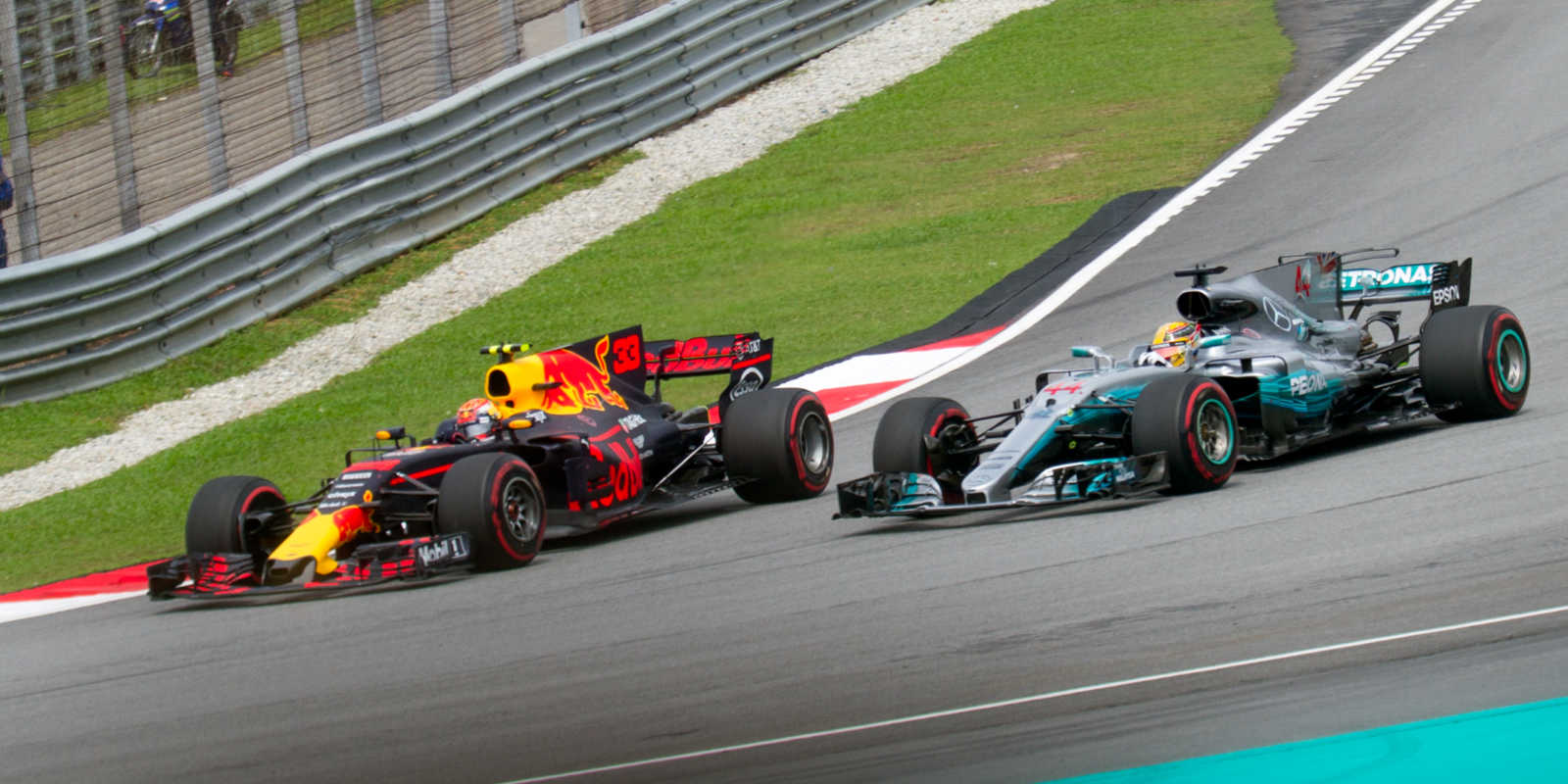
The Air Tactics In The F1 Strategy
Due to the maximal aerodynamic score, the air pushes the cars and is needed for the F1 cars to improve the downforce. However, to explain the work of the air is better on the example of the slipstream.
The slipstream is the tactical action in Formula 1 when a car is aligned behind another to gain extra speed. So, the car in the front punches a hole in the air, while the other one behind experiences less resistance and goes faster for a while. Why for a while? Well, the case is in the air quality, which can be dirty or clean.
The Dirty And Clean Air And Their Effect On The Tactics
The impact of dirty air is evident when holding behind the car loses the downforce and the aerodynamic scores.
Therefore, in the tactics, the dirty air reduces the time to overtake the car in front using the slipstream no more than 5 laps, as trying to make it longer will affect the tires, engine, and overall speed of the F1 car. After unsuccessful overtaking attempts, the best option is a strategy change and a pit stop.
During the clean air, the airflow is not hampered by any moving object – as you can see watching the leading car. However, the leaders often come slower because they are forced to resist the air.
As for the strategy, when struggling with clean air, the team has to switch the tactics and the driver to go to a pit stop to change the tires.
Therefore, regarding the car’s performance data, including the air, the team creates a significant decision on a race strategy.
Thus, along with all the Formula 1 terms, ‘undercut’ and ‘overcut’ lead the top as two crucial and opposite to each other F1 strategies that can determine the outcome of the entire race. The primary meaning of both is to cut the time against rivals to pit but differently.
So, how they can cut the time?
How Do Undercut And Overcut Work In Formula 1?
The driver loses time, being trapped behind a competitor due to the dirty air or the current tire’s performance.
Therefore, the team tries an undercut strategy to driver pits early to set the fastest laps on the fresh tires, pulling away from others when they pit.
This tactic works perfectly with switching the tires bringing the speed advantage against the rivals and allowing the driver to rise to a few positions.
Undercut doesn’t pay back if the tire choice is wrong, the safety car appears, or the weather changes.
However, when the F1 car’s performance well enough, the team opts for the overcut strategy. Thus, the racer remains with the current compound and pushes for as many laps as possible, holding the fast pace and getting ahead of their adversaries after they pit.
In Formula 1, overcut perfectly works when the car has the advantage on the current tires and settings, and the driver has kept the rubber well.
The overcut strategy doesn’t work if the current tires don’t bring a desired speed difference, the driver mistakes too often, spoils the rubber, or the safety car appears at the circuit.
Overall, whether it is about choosing the tires or overcut and undercut strategy, everything depends on the data of the car’s performance. If it drops, the team switches to another plan. However, even the foremost tactic can bite the dust if the safety car appears on the track.
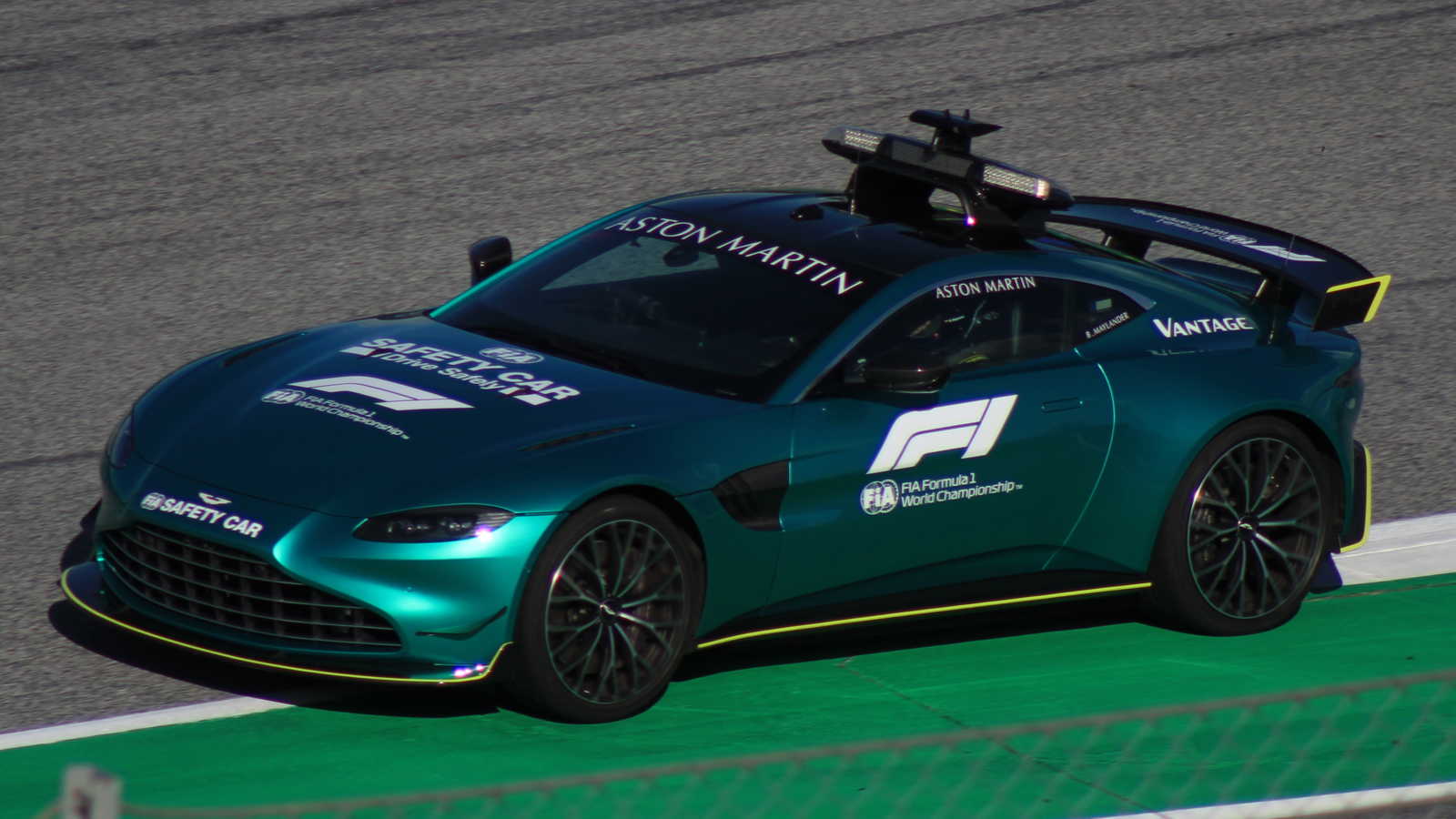
How Does The Safety Car Undermine The Plan?
The safety car in Formula 1 deploys to provide safety in dangerous conditions, causing all to reduce speed and gather together.
So, when the race strategy is to get the speed advantage ahead of time, it is losing sense as soon as all the gaps are reduced, resulting in drivers needing to start from scratch or to change the tactic again.
I think the only way a safety car can help someone on the grid to get the advantage is it allows the lagging cars to overcome time gaps and get into the airflow of the car front, increasing the speed after the safety car folds back.
A significant example of that is the crucial Abu Dhabi Grand Prix 2021. If to leave all the emotions and human errors behind, the safety car reduced the gap between Lewis Hamilton and Verstappen, while the Bull’ы new tire compound played worthy to overtake Mercedes.
Takeaways
As you see, four overtaking tactics complete the Formula 1 race strategy.
First implies using the right tires, so-called tire management, as choosing the accurate compound helps the driver race fast or stay long at the Grand Prix’s start, middle, or end. However, the tire management goal is been switched if it comes into the rain. During rain, tires must provide the maximal grip instead of the best speed scores.
The second tactic is to count the number of stops regarding the weather conditions, tire data, and track features. Despite being just a plan, it is a challenging step toward victory, as teams have to consider many dependent and not factors.
The third and fourth, overcut or undercut tactics are being decided in the race regarding the car performance and air data, which can increase or decrease the execution.
What the teams can’t decide ahead is the safety car. It appears on the track and destroys even the most prominent strategy plan as the vehicle gathers all on the grid.
Someone also notes about using DRS as a part of the strategy, but I think it is not among the tactics because DRS zones aren’t always enabled and give the option to be faster over 20 km/h, but only for a while. Although it can be a part of the plan.
So, do you have a favorite one among strategies in Formula 1, or do you think there is a better to act in the moment instead of planning ahead? Leave your comments below.
References
- Autosport, Richard Asher ‘F1 tyres: What are the compounds and what do they mean?‘ https://www.autosport.com/f1/news/f1-tyres-what-are-the-compounds-and-what-do-they-mean/10344284/ (July 28, 2022)
- Wikipedia, ‘2023 Qatar Grand Prix‘ https://en.wikipedia.org/wiki/2023_Qatar_Grand_Prix
- Motorsport, Sam Hall ‘F1 STRATEGY EXPLAINED: WHAT’S AN UNDERCUT, OVERCUT, A DRS TRAIN AND MORE‘ https://www.motorsport.com/f1/news/f1-strategy-explained-whats-an-undercut-overcut-a-drs-train-and-more/10500434/ (July 30, 2023)
- Mercedes-Benz Grand Prix Ltd, ‘What Goes into F1 Strategy?’ https://www.mercedesamgf1.com/news/what-goes-into-f1-strategy (September 22, 2021)

